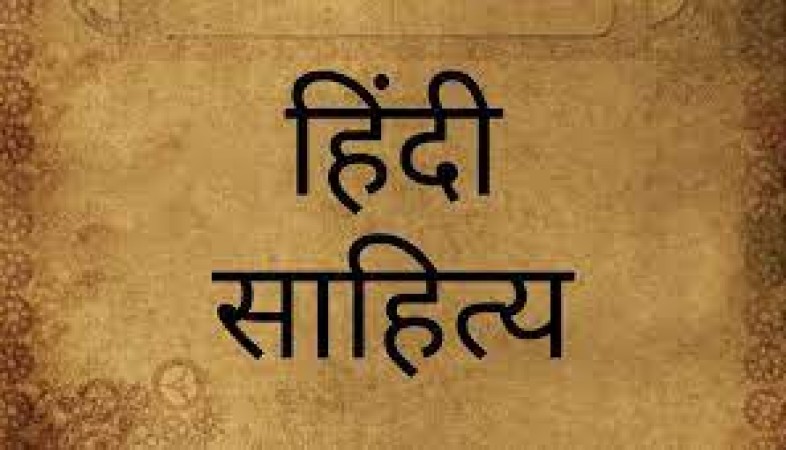
The intriguing history of Hindi Sahitya, the dynamic and wealthy literary heritage in the Hindi language, extends back many centuries. Due to a number of cultural, linguistic, and social influences, Hindi literature's origins are closely related to the development of Hindi as a language. With the goal of illuminating the path from its early roots to the varied and multidimensional literature we know today, this essay will examine the significant turning points in the growth of Hindi Sahitya.
Early Origins: Sanskrit-written writings from ancient India can be used to trace the origins of Hindi Sahitya. Religious and philosophical writings have been written in Sanskrit for many years. But as time went on, the language changed and started integrating parts of the widespread Prakrit languages. The foundation for what would later become Hindi was formed by this slow transition.
Braj Bhasha and Apabhramsha's emergence: Apabhramsha, a language that served as a bridge between Sanskrit and contemporary Indo-Aryan languages, began to acquire popularity in the seventh through the twelfth century. The Braj Bhasha was built on these precepts during this time. A literary tongue recognized for its poetic appeal and expressive quality called Braj Bhasha developed in the region of Braj (modern-day Western Uttar Pradesh). With their contributions to the early Hindi literary heritage, influential poets like Surdas, Tulsidas, and Kabir wrote their works in Braj Bhasha.
Influence of Persian and Arabic: As a result of the emergence of Islamic control, North India experienced an inflow of Persian and Arabic speakers during the medieval era. The emerging Hindi language was significantly impacted by this linguistic influence. Hindi's vocabulary became more sophisticated and enriched as Persian and Arabic words were incorporated into the language.
Devotional Literature: The Bhakti movement, which peaked between the 15th and the 17th centuries, had a significant impact on the development of Hindi Sahitya. Caste and class barriers were broken by the movement's emphasis on love and devotion to a personal god. Soul-stirring verses were written by poet-saints like Kabir, Raskhan, and Meera, who helped Hindi literature advance by connecting with the general populace.
Evolution into Modern Hindi: The Hindi language eventually underwent a more uniform transformation as the influence of Persian and Arabic waned and the use of the Devanagari script expanded. Influential poets like Tulsidas (Ramcharitmanas) and Surdas (Sur Sagar) contributed significantly to this process through their works.
Hindi Renaissance during the British Colonial Period: When the British established colonial rule in India, Hindi prose and intellectual development soared. Bhartendu Harishchandra, Munshi Premchand, and Mahavir Prasad Dwivedi were among the literary giants who emerged during the Hindi Renaissance in the 19th century and made substantial contributions to the modernization of Hindi Sahitya.
Josephine Chaplin, Actor and Daughter of Charlie Chaplin no more!
Tell an Old Joke Day: Celebrating Timeless Humor of Yesteryears
Rampaging Women Spark Chaos: Arson Attack in Manipur's Bishnupur District